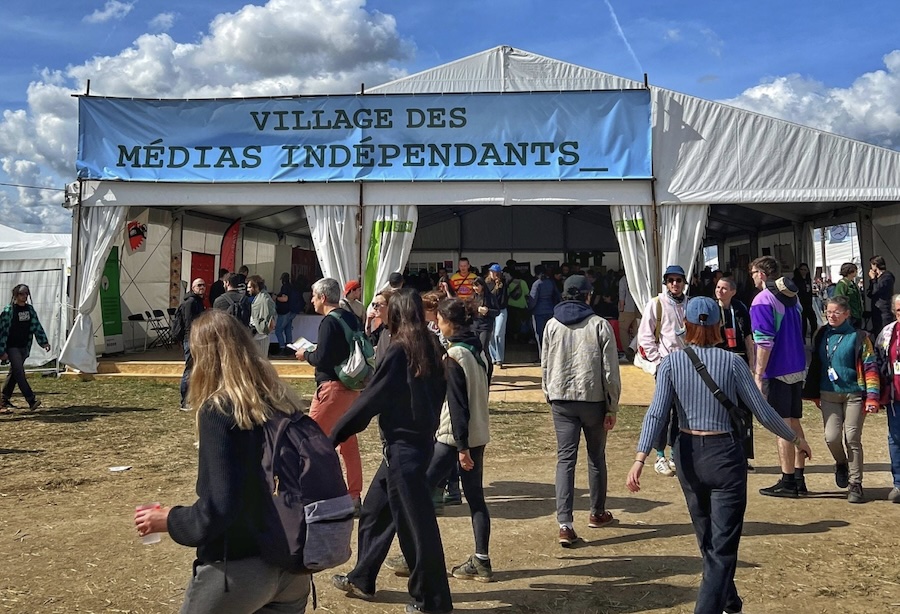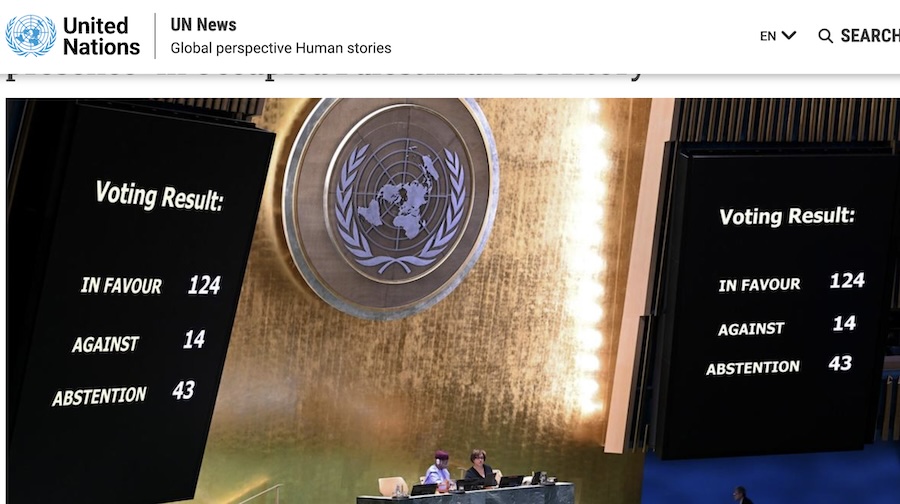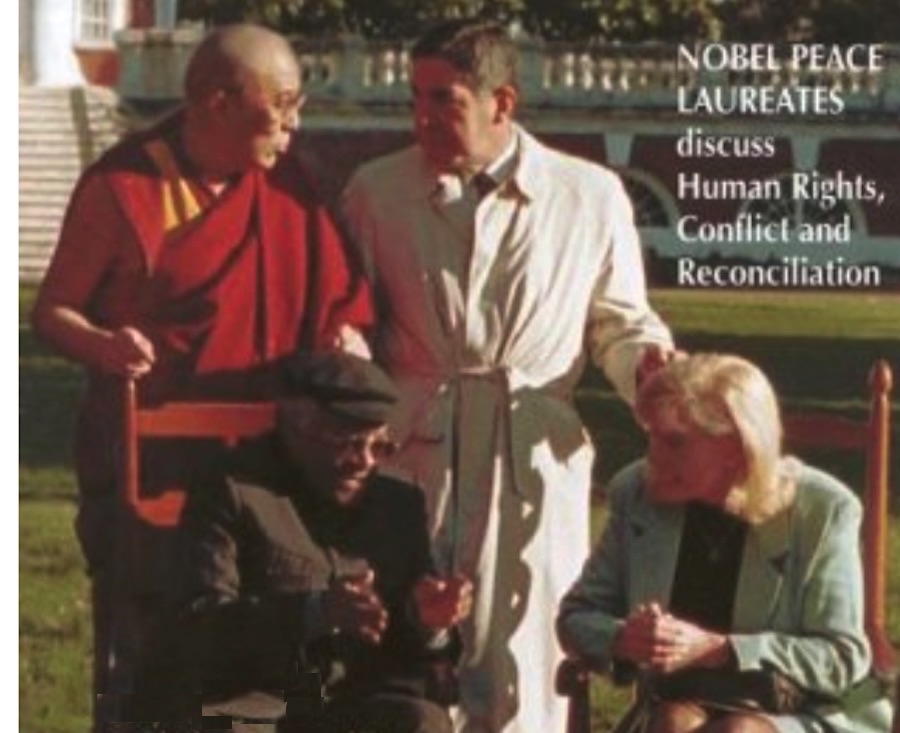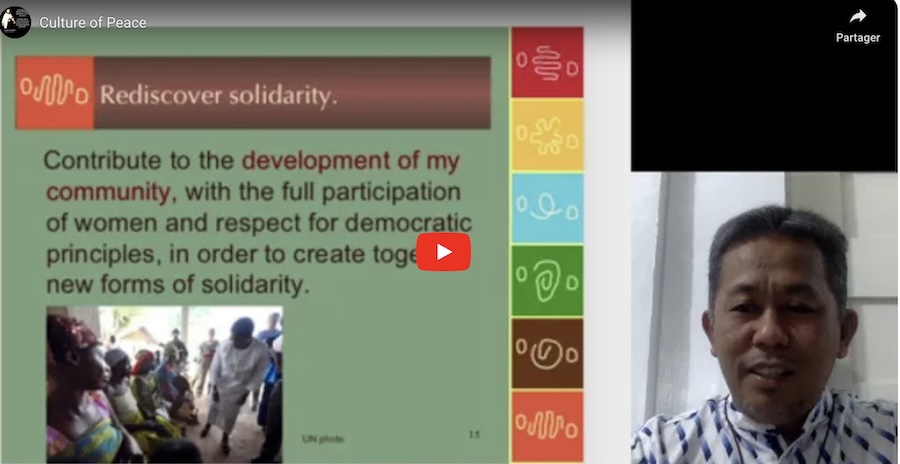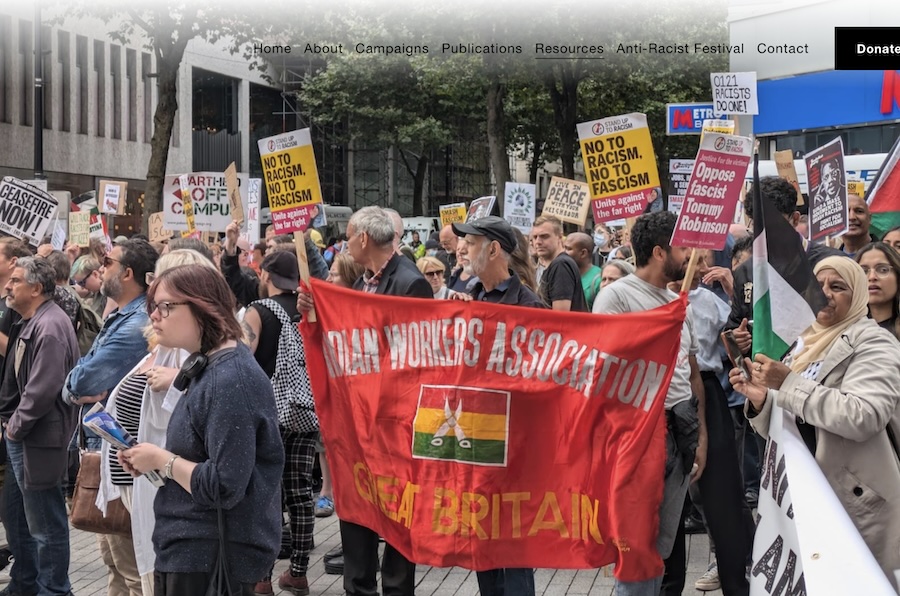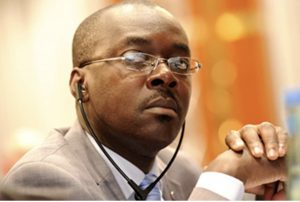FREE FLOW OF INFORMATION .
An article by Federico Mayor Zaragoza* in Other News (translation by CPNN)
“No challenge is beyond the creative capacity of the human species.”
J. F. Kennedy, June 1963.
A turning point has arrived where situations of an irreversible nature have been reached. We must ensure that circumstances do not occur that inevitably require new solutions. And that despair does not spread. A citizenry that is aware of its equal dignity and capable of expressing itself that must, at last, put into practice the lucid Charter of the United Nations: “We, the peoples… have resolved to spare succeeding generations the horror of war.” War and other “horrors,” such as the deterioration of the environment and, therefore, of the habitability of planet Earth.
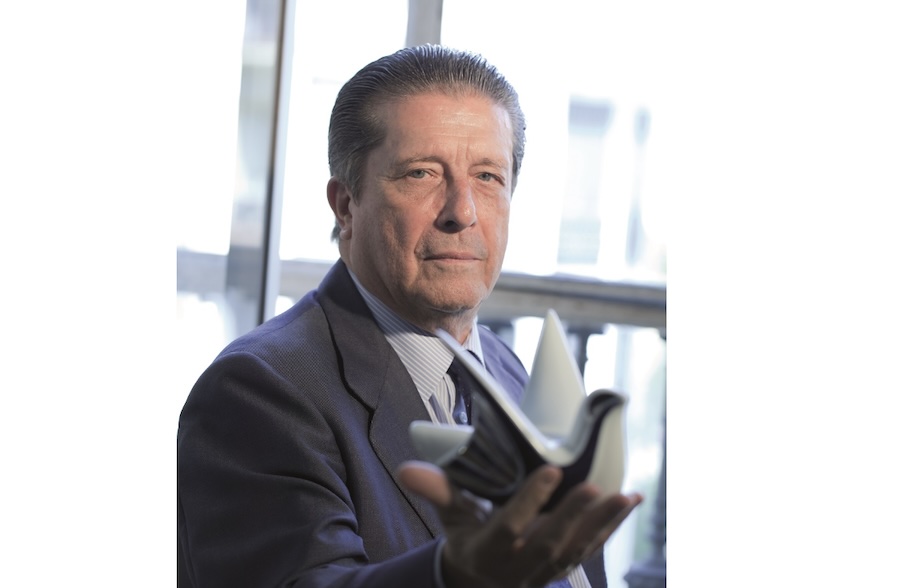
The urgent time has come to act, to move from being impassive spectators of what happens to being very diligent actors. Not one more day of “silent listeners.” It is time for action, not to be simple receivers of frequently biased information, but actors who participate, each in our own field, keeping in mind Burke’s maxim: “No one makes a greater mistake than he who does nothing because he thinks he could do only very little.” Every seed, without exception, is necessary. Every grain of sand. Every drop.
There are moments, very few, when suddenly change is possible. The radical change that is required can only be imagined as the result of a great global clamor of “We, the peoples”, finally capable, with a resolute attitude, of carrying out the transition from force to words, from imposition to joint reflection.
It is necessary and urgent that many voices be mobilized, aware that now – equal in dignity and capable of participating – we must act without further delay. Yes: now, for the first time in history, “We, the peoples…” can achieve the removal of the veto in the United Nations … and in the European Union, also disqualified from decision-making by the requirement of “unanimity”, the antithesis of democracy.
(Article continued in the column on the right)
(Click here for the original Spanish version of the article)
Where in the world can we find good leadership today?
(Article continued from the column on the left)
It is imperative to address the great challenges on a global scale, before their solution is no longer possible. The major priorities of food, access to drinking water, quality health services, care for the environment, education, emigration… are challenges to which we must respond together.
Inventing the future. Through modern technology, the best expression of the voice of the people, of solidarity at a global level, can take place. Civil society now has, in addition to its undeniable leading role in solidarity aid, the possibility of making itself heard.
The human species yearns for, dreams of, a “new beginning”, where instead of preparing for war, it achieves peace by listening, understanding, uniting voices and efforts.
In 79 years (since 1945) it has NOT been possible to apply the UN Charter, to fulfill the will of “We, the peoples…”, always silenced by the veto, by plutocratic and supremacist governance. It was Eisenhower, the President of the United States, who had the courage, on January 20, 1961, to convey to his successor, John Fitzgerald Kennedy, and to the American people, that it was not the president who really ruled in America, but the “military-industrial complex.” From President Wilson’s creation of the League of Nations at the end of the First World War to Roosevelt’s founding of the United Nations, the opportunities for the transition of the power of the word have progressively faded. Now, as I continue to stress the time has come for “We, the peoples…”
And what must we do immediately, thinking of future generations? It is not a question of economic, political, social dispositions… It is, above all, a question of inventing a different future. In this regard, I will never forget what Professor Hans Krebs, Nobel Prize winner in Biochemistry, told me in his Oxford laboratory: “The solution is not in these sophisticated instruments, nor in the collection of data… The solution is to think what no one has thought before”… Yes: each human being, is unique and capable of creating, our hope.
Let us give wings to the human species so that, without vetoes, it may act democratically for the great transition from the force to the word.
The world is entering a new era. We have many things to preserve for the future and many others to change decisively. At last, the people. At last, the voice of the people. At last, citizen power. At last, the word and not the force. A culture of peace and never again a culture of war.
– – – –
*Federico Mayor Zaragoza (Barcelona, 1934) Doctor in Pharmacy from the Complutense University of Madrid (1958), has been a professor at different Spanish universities and has held numerous political positions, including that of Minister of Education and Science (1981-82). Between 1987 and 1999 he was Director General of UNESCO. He is currently President of the Foundation for a Culture of Peace.
